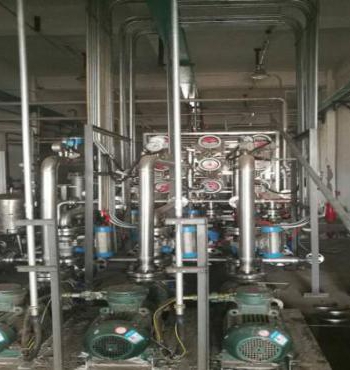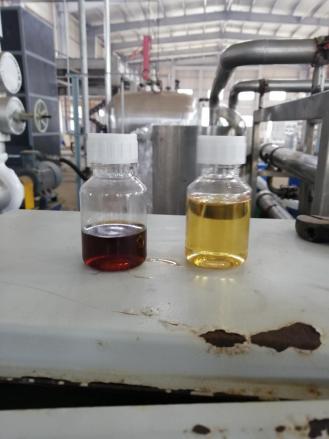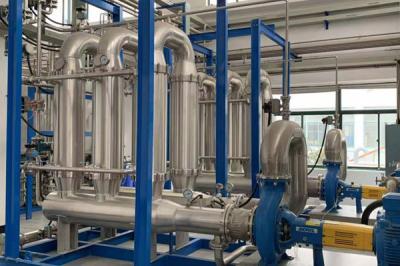At present, the annual output of herbicides in the world is 800,000-900,000 tons of active ingredients, accounting for about 50% of the total amount of chemical pesticides. Among them, glyphosate, paraquat, and glufosinate are mainstream water-soluble herbicides.
With the delisting of paraquat and the emergence of serious single-agent resistance to glyphosate, glufosinate, as one of the excellent alternatives to glyphosate, has become the second largest genetically modified crop tolerant to herbicides in the world.There are about 5 glufosinate stable start-up enterprises in China, and the market capacity is about 12,000-15,000 tons. The actual production capacity may be reduced by about 20% due to the restriction of environmental protection inspection and the impact of equipment maintenance.
At this stage, the synthetic route of glufosinate-ammonium is mainly divided into two types: Strecher route and Hoechst route.The "three wastes" emissions of the Strecher route are severe, and environmental protection pressure is high, and some companies' capacity release is limited; while the Hoechst route has fewer three wastes, which has a strong cost advantage, but domestic companies have not fully grasped it.
At present, glufosinate-ammonium companies basically adopt the Strecher route in China. The following processes are usually used:format reaction, addition reaction, hydrochloric acid acidification, ammonia ammoniation, centrifugation, alcohol washing, distillation, drying into powder.
Due to long route, large solvent consumption and unstable product quality, the entire process has increased solvent recovery costs and environmental protection pressure.Therefore, the improvement of glufosinate production process technology depends on the application of other high-tech.
Membrane integration technology is applied to the clean production of glufosinate-ammonium. Without changing the quality of 95% glufosinate-ammonium raw powder, on the one hand, it can stably achieve the product quality of 95% glufosinate-ammonium, and at the same time realize industrial continuous production and operation; On the other hand,compared with the traditional process, the yield of the glufosinate-ammonium production process can be increased by more than 15%; finally, it can realize the clean production of the glufosinate-ammonium separation and purification without waste discharge, and improve the quality of by-product ammonium salts.
Membrane integration technology has been applied in purification, separation and concentration of glufosinate-ammonium production process, which has become a new green environmental protection and energy-saving technology for the production of herbicide glufosinate-ammonium.
Fig 1. Membrane concentration device
Fig 2. Comparison of glufosinate-ammonium membrane filtration before and after decolorization






 +86-25-58849045
+86-25-58849045
 +86-25-58749295
+86-25-58749295
 jiuwu@jiuwu.com
jiuwu@jiuwu.com
 No. 9 Park Road, Pukou District, Nanjing City (Sanqiao Factory)
No. 9 Park Road, Pukou District, Nanjing City (Sanqiao Factory) Call us on:
Call us on:  Email Us:
Email Us:  No. 9 Park Road, Pukou District, Nanjing City (Sanqiao Factory)
No. 9 Park Road, Pukou District, Nanjing City (Sanqiao Factory)

 English
English 한국어
한국어 français
français русский
русский Español
Español

